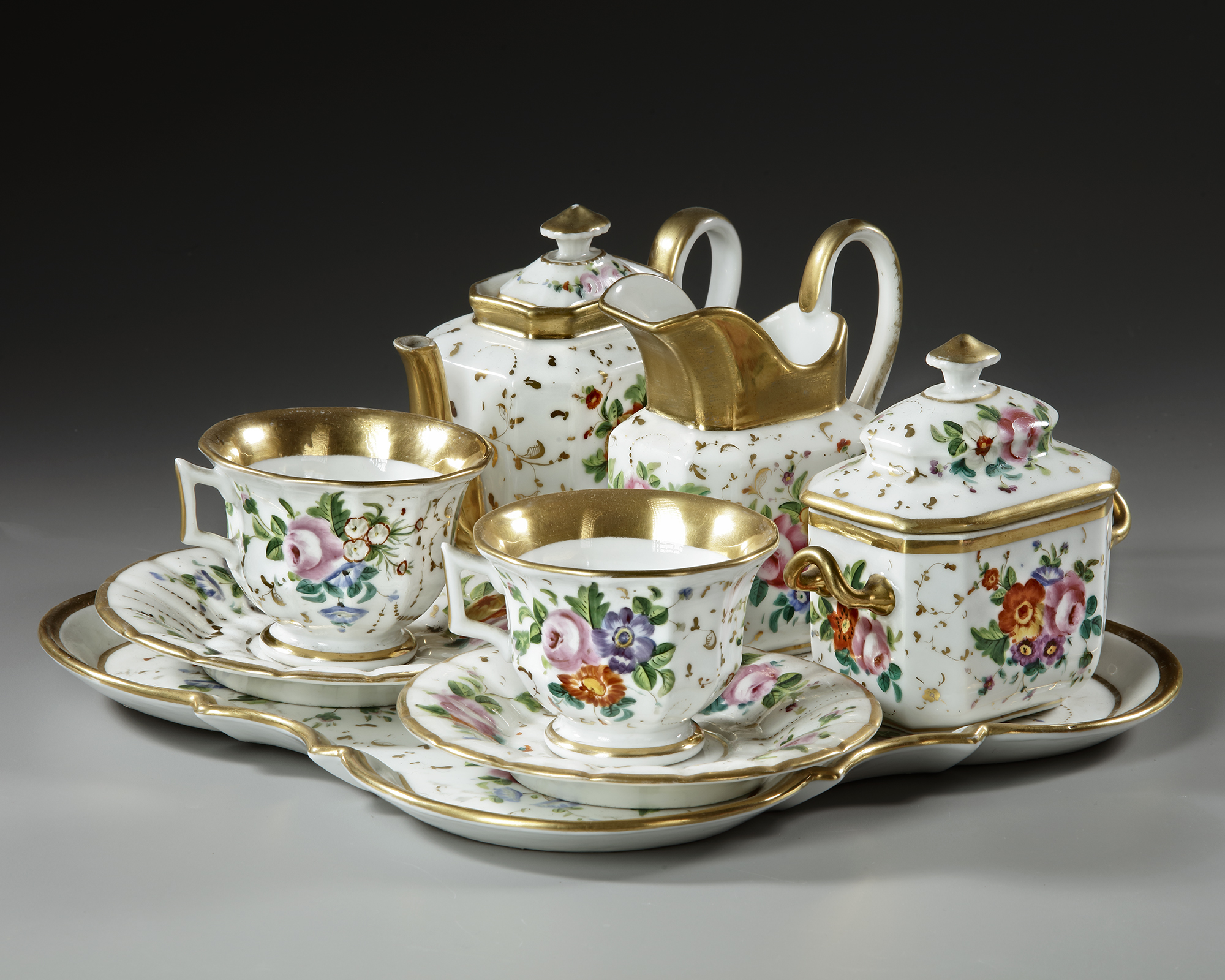
WEIGHT: 57 kg
Breast: SUPER
One HOUR:70$
Overnight: +60$
Services: Extreme, Fisting vaginal, Tantric, Travel Companion, Slave
To browse Academia. The Benedictines in the Heart of Europe — Praha Log in with Facebook Log in with Google. Remember me on this computer. Enter the email address you signed up with and we'll email you a reset link. Need an account? Click here to sign up. Praha visibility …. See full PDF download Download PDF. However, no change came before the rule of Charlemagne, the first Roman emperor in the Middle Ages — In the 11th and 12th centuries, sculpture decoration became an integral part of churches and was also used extensively in their interior furnishings.
Statues and high reliefs accentuated entrance portals and doors on exteriors, while cult statues of the Virgin Mary, Christ and the saints were used plentifully in interiors, as were high reliefs on various liturgical objects such as altarpieces, fonts, pulpits, tribunes and choir partition walls, tombstones and architectural elements, especially column heads.

Until then, we mostly encounter individual examples of figural decoration of tympana or statues of the Madonna and Crucifixions, and the mutual relationships of this decoration do not make it possible to reconstruct a continuous tradition. Infrequent and irregular demand for the work of sculptors prevented them from settling down and creating schools with a formal vocabulary tied to a given place.
A typical figure of this period was the wandering sculptor, who moved on as soon as he completed one commission to work on another, sometimes even several hundred kilometres away. Not 1 2 3 4 5 6 7 72 until the 13th century did the countries of Central Europe began slowly to acquire artistic identities, though not simultaneously and not to the same extent. The Benedictine order played an important, though not always key, role. In the period this exhibition and catalogue — examine, a cohesive picture of sculpture cannot be created based solely on sculpture linked with the Benedictines.

In the countries of central and eastern Germany, the Benedictines were not active sponsors of sculpture, but rather employed sculptors who otherwise worked for bishops and parish churches. The Benedictine convent in Ebstorf, Lower Saxony documents continuous Marian worship in an unusual series of mediaeval sculptures of the Virgin Mary with Child ranging from the brilliant Sedes sapientiae dated c. In Bavaria, the beginnings of figural sculpture on portals are linked with the Benedictines Regensburg c.





































